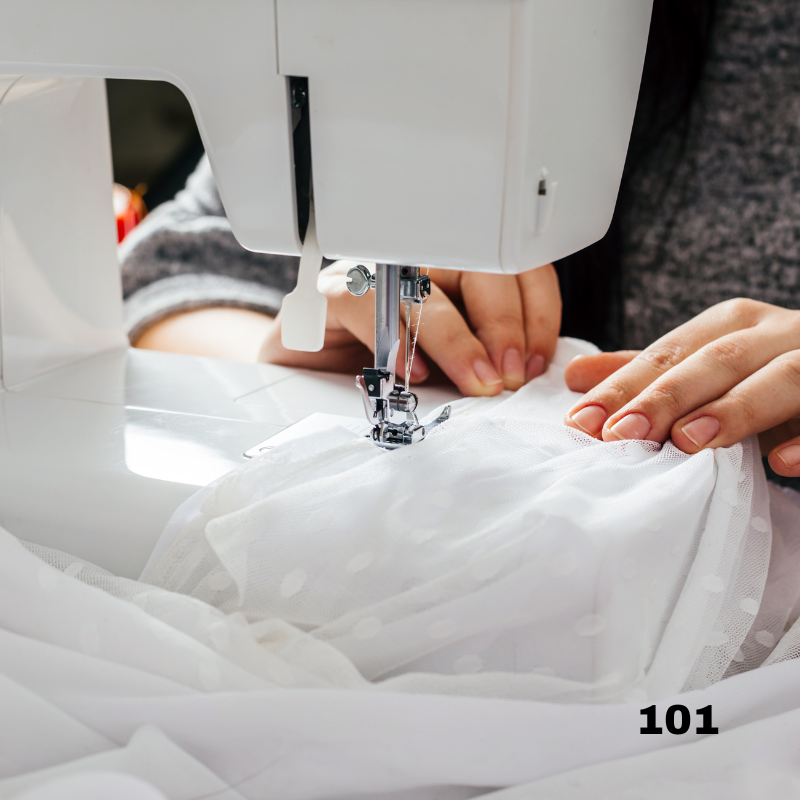
Your wedding dress is one of the most important outfits you’ll ever wear, and ensuring the perfect fit is essential. Whether you’ve bought a designer gown, a vintage dress, or an off-the-rack style, alterations are almost always necessary to achieve that flawless look. Here’s everything you need to know about wedding dress alterations, from timelines to costs and essential tips.
1. Why Are Wedding Dress Alterations Necessary?
Even if you purchase a dress in your usual size, wedding gowns are not like regular clothing. They often require adjustments to fit your body perfectly. Common reasons for alterations include:
• Adjusting the hem length
• Taking in or letting out the bodice
• Shortening straps or sleeves
• Adding or adjusting bust support
• Enhancing details like lace, beading, or buttons
2. When to Start Alterations
Timing is key! You don’t want to rush alterations, but you also don’t want to start too early in case your body changes. Here’s a general timeline to follow:
• First fitting: 2-3 months before the wedding
• Second fitting: 4-6 weeks before the wedding
• Final fitting: 1-2 weeks before the big day
If you’re making significant changes to your dress, such as resizing or redesigning, start even earlier.
3. Finding the Right Seamstress or Tailor
Not all tailors specialize in wedding dresses, so finding an experienced bridal seamstress is crucial. When choosing one, consider:
• Experience: Look for someone who specializes in wedding gowns.
• Reviews and recommendations: Check online reviews or ask your bridal boutique for referrals.
• Portfolio: Ask to see previous work to ensure their style aligns with your vision.
4. Common Wedding Dress Alterations and Costs
The cost of alterations varies based on the complexity of changes. Here’s a rough breakdown:
• Hemming the dress: $100–$400
• Taking in or letting out the bodice: $150–$400
• Adding sleeves or straps: $50–$200(plus the cost of material)
• Bustle creation: $50–$250 (for securing the train)
• Custom redesigns (e.g., lace additions, neckline changes): $200+
Keep in mind that pricing will vary depending on many factors such as where you live, what seamstress you choose, and the complexity of your alterations.
5. Tips for a Smooth Alteration Process
• Bring the right shoes: Wear the shoes you’ll have on your wedding day to ensure accurate hem adjustments.
• Wear proper undergarments: Bring any shapewear, bra, or slip you plan to wear.
• Move around: Walk, sit, and dance in your dress to make sure it’s comfortable.
• Communicate clearly: If something doesn’t feel right, speak up so adjustments can be made.
6. Last-Minute Adjustments
In the final weeks, your seamstress will check for any last-minute tweaks. If you’ve lost or gained weight, be sure to notify them as soon as possible.
Final Thoughts
Wedding dress alterations are a crucial part of achieving the perfect fit. By starting early, working with an experienced seamstress, and following these tips, you’ll ensure your gown is comfortable, flattering, and wedding-day-ready! Keep in mind that if you're told 'it can't be done', it might be due to the person's limitations, but don't hesitate to seek a second opinion.
When you are ready to find the perfect dress the stylists at Normans Bridal in downtown Springfield are ready to help.